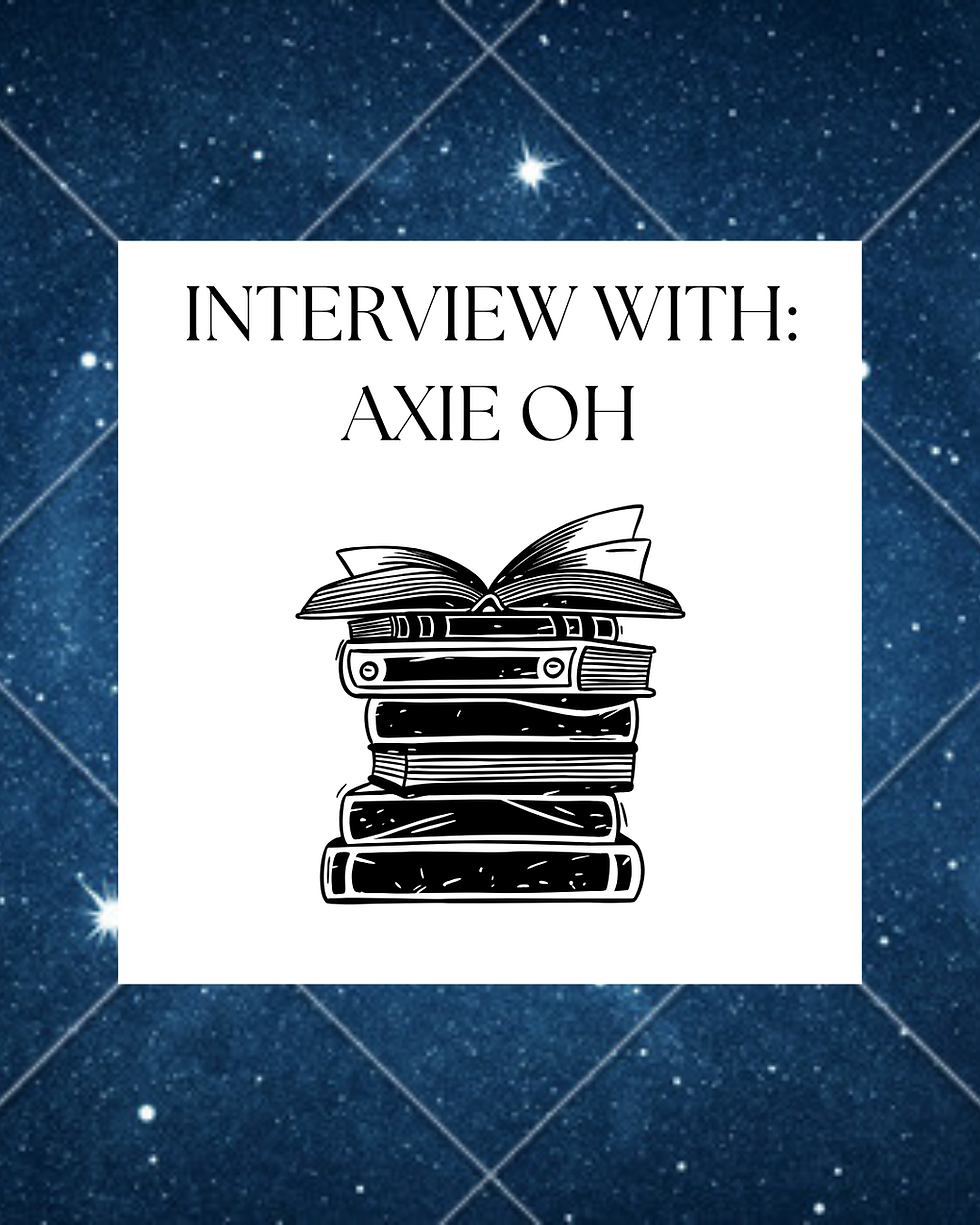Family, Female Voice and the Working Class in Lisa Pike’s Industrial Roots
- The Publishing Post

- Apr 12, 2023
- 4 min read
By Victoria Bromley, Eleanor Bowskill, Lily Baldanza and Hannah McWhinnie
Want to read more?
Subscribe to thepublishingpost.com to keep reading this exclusive post.








